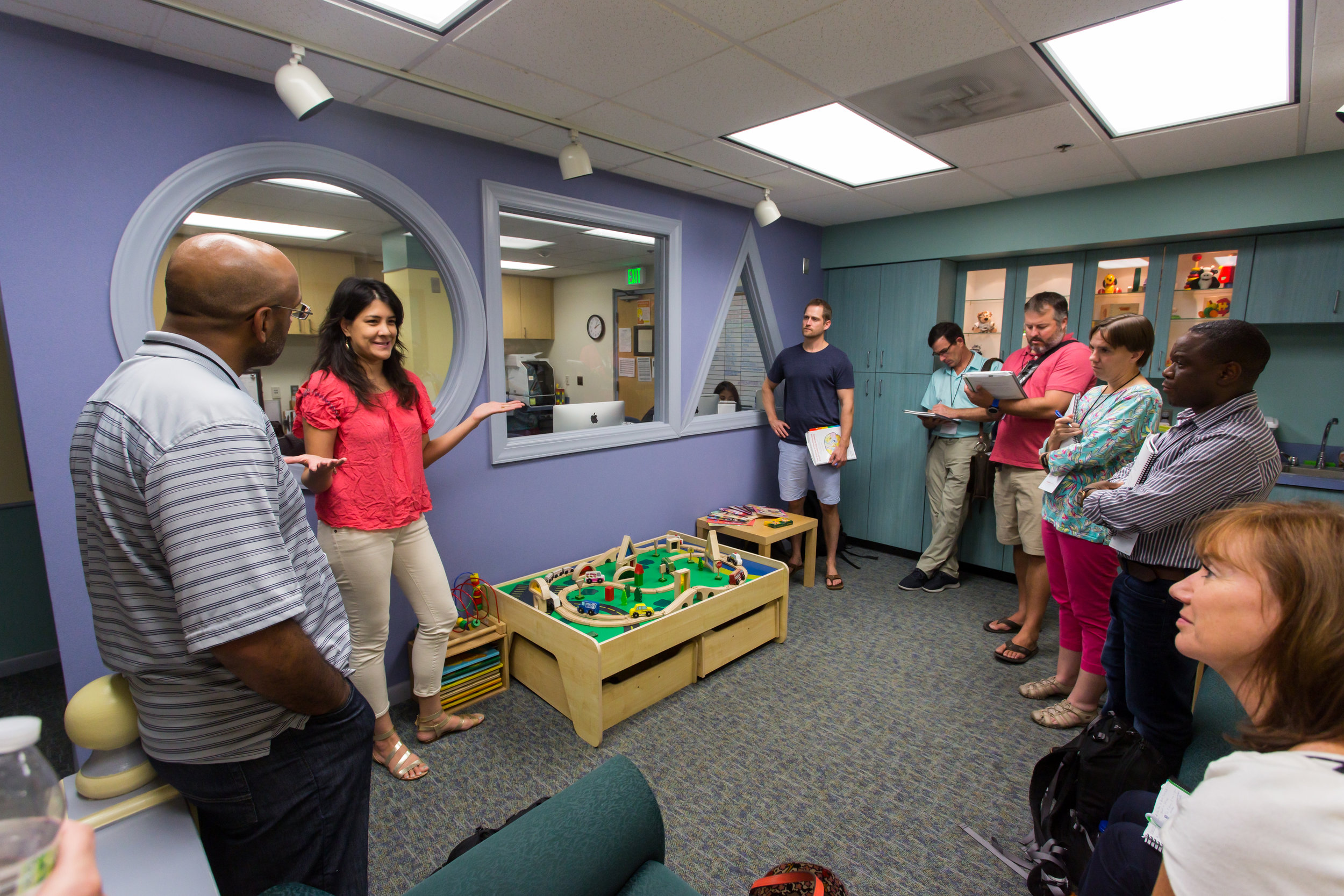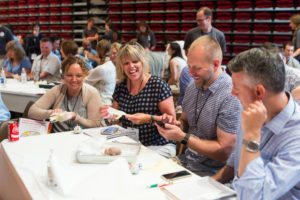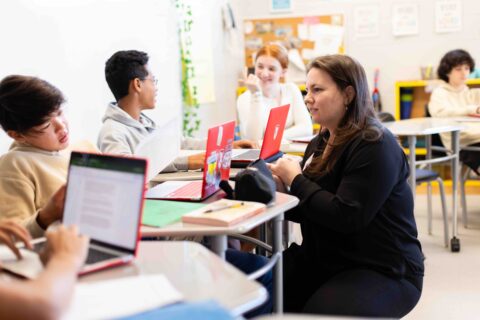Have you attended a workshop, conference, or other professional training – even a really good one you’re excited to put to use – and been dismayed to find yourself doing nothing with it afterward? Me too. This experience is a microcosm of a thematic challenge in education: applying what we learn.
- We’ve figured out so much about how our brains work – including a growing understanding of neurodiversity and the central roles of emotion and identity in learning – yet we’re still fighting to carve out space for individuality within the industrial model of education we inherited.
- We develop our craft in the summer and return to school brimming with inspiration to try something new, but get swept along by the many stresses and demands of the school year and revert to familiar practices for our own sanity.
- We teach our students things we believe they’ll need in their adult lives, and find they don’t transfer from one subject area to another, or one school year to the next as well as we’d hope.
Witnessing these translation gaps feels like zooming in and out on a fractal: the pattern repeats at every level. I’m not wagging my finger at anyone or suggesting a personal failing. Changing behavior is fundamentally hard, especially when the application occurs in a different context than the learning. I’m painting a vivid picture of the problem because I’m about to offer a solution.
Research in behavioral psychology shows us that changing behavior is not a function of our motivation or willpower. What makes behavioral change effective is having a specific “implementation intention”: mapping out a plan for when and where we’ll enact the new behavior (including how we’ll get ourselves back on track in the face of inevitable curveballs). In our six years offering the Science of Teaching & School Leadership Academy – a four-day crash course in the science of learning that convenes students, researchers, and preschool through collegiate educators from public, private, and charter schools around the world – we’ve developed a role to ensure every participant walks away with a doable plan they’re excited to implement. Introducing: the Mind, Brain & Education (MBE) Translation Leaders!
At the end of each day of the Academy, participants spend an hour in Translation Groups of ~15 people, facilitated by an MBE Translation Leader who helps them process what they’re learning and workshop a plan to put it to use. Planning begins with a need or goal that’s most important to you and your students, imagining what success looks like, identifying promising principles from the research that can help, and considering what you can measure and observe to determine how well it’s working. Translation Groups stay together throughout the week, so you get to know your group mates well and leave with a community of like-minded experimenter-educators to check in with for support and celebration throughout the year.
On top of their knowledge and experience translating research into educational practice, our MBE Translation Leaders are stellar human beings, and each of them has an inspiring story. They’ve all chosen this path to deepen their own practice and share what they know with other educators without leaving the classroom or leadership role they love. Recruiting, training, and debriefing with this group each summer is one of the great honors of my job, and I’m continually in awe of their collective wisdom. Check out the full article on Eva’s LinkedIn to meet and interact with veteran Translation Group Leaders in the comment section.




